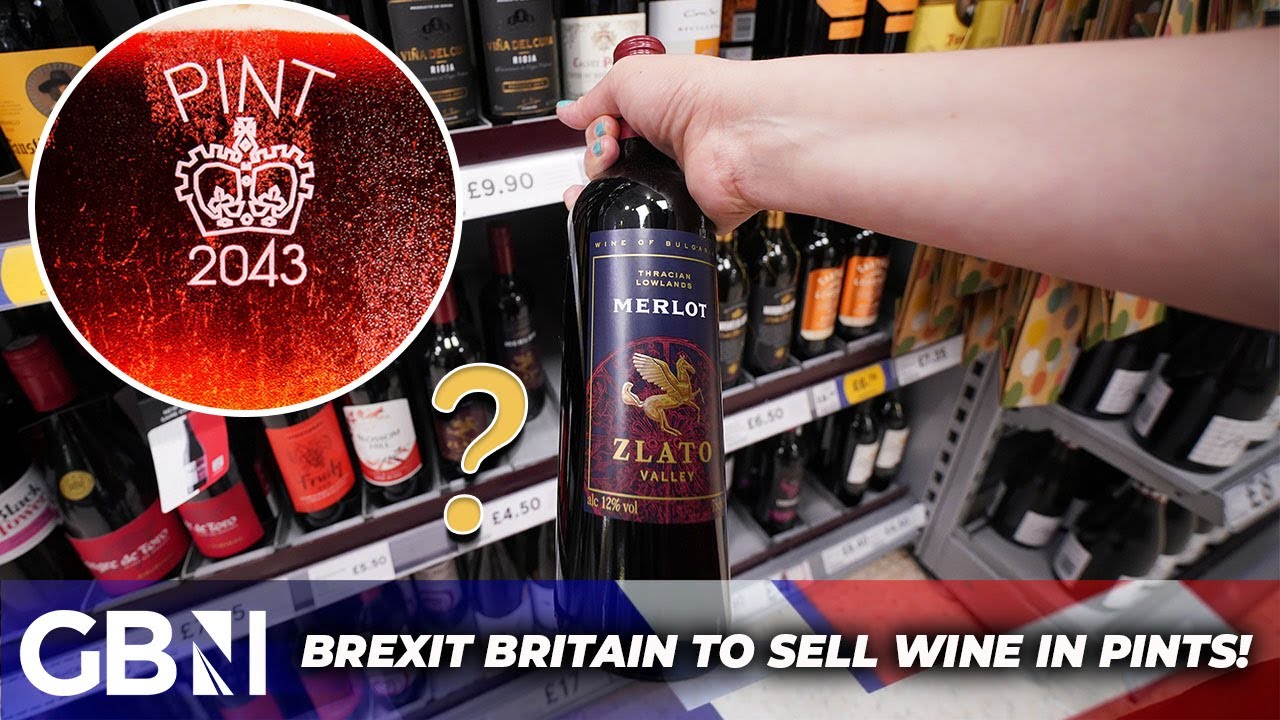Brexit Britain To Sell Wine In Pints And Increase Share Of Tax On Plonk
Unleash Your Creative Genius with MuseMind: Your AI-Powered Content Creation Copilot. Try now! 🚀
The recent announcement by the government regarding the availability of pint-sized wine bottles in 2024 has left many people perplexed. It seems that Brexit has played a role in this decision, as the rules on selling in Imperial measures will remain unchanged. But why would anyone want to buy a pint of wine? It's an odd concept, to say the least. Let's delve deeper into this topic and explore the reasoning behind this change.
The Decline of Wine Consumption
Wine consumption in the UK has been on a decline for several years now. According to reports, four million fewer people are drinking wine compared to five years ago. While there are still approximately 26 million regular wine drinkers in the country, this downward trend is a cause for concern. The government believes that offering greater choice and more options, such as smaller quantities, might help reverse this decline.
A Boost for Vineyards
While the concept of pint-sized wine bottles may seem unusual, it could potentially be a boost for vineyards across the country. It's difficult to predict the exact response from both wine producers and consumers, but there are potential benefits to consider. Vineyards may see an increase in demand, leading to investments in bottling lines and the need to explore new bottle sizes. However, it's worth noting that the availability of raw materials and the cost of production could pose challenges.
The Battle with Taxes
One aspect that the wine industry constantly battles with is the amount of tax imposed on each bottle. The higher the price of the wine, the more wine you get in relation to the tax paid. This is an ongoing issue that affects the overall cost of wine for consumers. It's important for the government and the wine industry to find a balance that encourages consumption while ensuring fair taxation.
Overcoming the Stigma
One potential hurdle that pint-sized wine bottles may face is the association with beer and cider. The word "pint" has strong connections to these beverages, and it may take some time for consumers to overcome the stigma associated with buying a pint of wine. However, in restaurants and pubs, where the size is similar to a craft beer, it may be more readily accepted. Many people enjoy the experience of having a cheeky craft beer, as it feels like a treat without being too indulgent. Perhaps pint-sized wine bottles can be marketed in a similar way to appeal to consumers.
The Cost Factor
Of course, the cost of pint-sized wine bottles will play a significant role in their success. Consumers may be willing to pay a premium for the convenience and novelty of a pint-sized bottle, but it's crucial to strike a balance between affordability and value for money. The government and wine producers need to carefully consider pricing strategies to ensure that consumers perceive these bottles as worth the investment.
In conclusion, the government's decision to introduce pint-sized wine bottles in 2024 has sparked both curiosity and skepticism. While the decline in wine consumption and the potential boost for vineyards are valid points to consider, there are challenges to overcome. Taxes, the association with beer and cider, and the cost factor all play a crucial role in determining the success of this initiative. Only time will tell whether pint-sized wine bottles will become a popular choice among wine enthusiasts or remain a novelty in the market.

Related Recaps
- He Stumbled Into The ULTIMATE Amp Sound…Soldano SLO 100
- Live From EW's 2019 Pre-SAG Awards Party With This Year's Biggest Stars | PeopleTV
- Kate takes over as Colonel of the Irish Guards
- RANT: Microsoft Deal with Activision Blizzard just got Blocked in the UK. | THIS IS GETTING SERIOUS!
- Joseph The Processing Guy | Friends | Comedy Central Africa